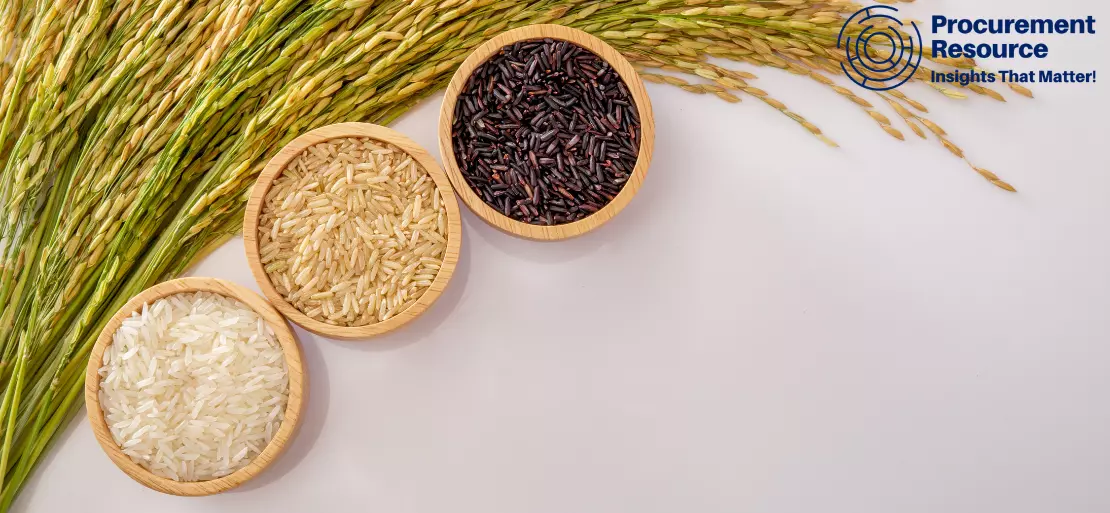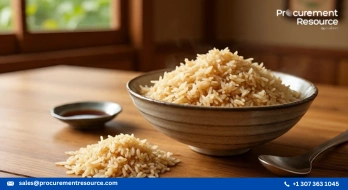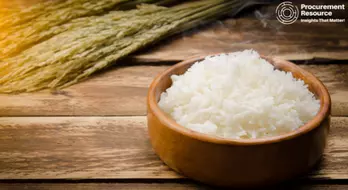Despite Sufficient Availability, Global Rice Prices Skyrocket During the Pandemic

According to a recent analysis by the University of Arkansas System Division of Agriculture, the COVID-19 epidemic caused a hike in worldwide rice prices in the second quarter of 2020. Despite substantial rice inventories and a record global rice crop in 2020, rice prices have stayed higher than projected since then. Alvaro Durand-Morat, an associate professor of agricultural economics and agribusiness at the Arkansas Agricultural Experiment Station, said that most commodity prices fell due to decreasing demand during the pandemic, however, rice moved in the opposite direction.
International Rice Outlook
International Rice Baseline Projections 2020-2030 is co-authored by Alvaro Durand-Morat and research post-doctoral associate Subir Bairagi. Alvaro Durand-Morat stated, that the analysis is significant because it provides a worldwide perspective on rice markets, and it is one of the few worldwide perspectives available. When half of the yield is exported for a product like rice, it is critical from a policy aspect for farm bills and trade discussions.
As per the 2020 Arkansas Agriculture Profile released by the Division of Agriculture, Arkansas is the nation's largest rice-growing state, producing more than 40 percent of the United States rice harvest and bringing in over USD one billion in cash farm revenues annually. Alvaro Durand-Morat also mentioned that Arkansas is the nation's biggest rice exporter as well, accounting for over half of all rice exported from the United States.
In addition, rice prices rose as other commodities fell due to pandemic fears in some of the world's main rice exporting countries. Big exporting countries like Vietnam, India, and [Burma] cut shipments to test how they would perform during the COVID-19 pandemic. They wanted to ensure that the local supply was secure. For a few months, Vietnam prohibited exports. He further explained that commodity prices began to rise in August 2020, with some soaring to incredible heights.
In continuation, Alvaro Durand-Mora said that rice prices are still high, but not as high as they were during the covid-19 lockdowns. However, they remain greater than pre-covid levels, even though world rice supplies are plentiful. It is expected that world rice production will exceed global rice consumption for the majority of the next decade, with a modest shortfall emerging at the end of the forecast period.
By 2028-2030, Alvaro Durand-Morat anticipates rice output to increase despite a decrease in rice acres. Improvements in yields will be the sole source of production growth. Rice consumption will climb globally due to population expansion, although per-capita consumption will remain unchanged.
He added that international long-grain and medium-grain rice prices are expected to rise nominally. However, due to inflation and plentiful rice supply, they will shrink in real terms. Furthermore, the global rice production and consumption map is expected to shift during the next decade.
Rice output is expected to decline in China, South Korea, and Brazil while increasing in Tanzania, Madagascar, Egypt, and Nigeria. Total rice consumption in Japan, South Korea, and Brazil is expected to fall whereas, Iran, Madagascar, and Nigeria will see significant increases. These increases will help to promote rapid regional production and import growth.
Global Trade
These rice production and consumption disparities across nations will drive the global rice trade to new highs. Alvaro Durand-Morat commented, that rice exports would remain concentrated among the top five largest exporters. India will continue to be a global export leader, and Thailand is expected to become the world's second-largest rice exporter.
Many factors influence the global rice market, causing forecasts to change. China's rice stock management, India's yield, and overall production trend, and the price disparity between Asian and American long-grain rice will be crucial elements to watch. Rice producers' check-off dollars, controlled by the Arkansas Rice Research and Promotion Board, are used to support the Division of Agriculture's rice baseline reports.
The article was studied and published in conjunction with FAPRI, the University of Missouri's Food and Agriculture Policy Research Institute. Alvaro Durand-Morat explained that FAPRI builds its U.S. models on U.S. rice figures that they provide. They produce forecasts for overseas markets by coupling the model with the FAPRI models.



